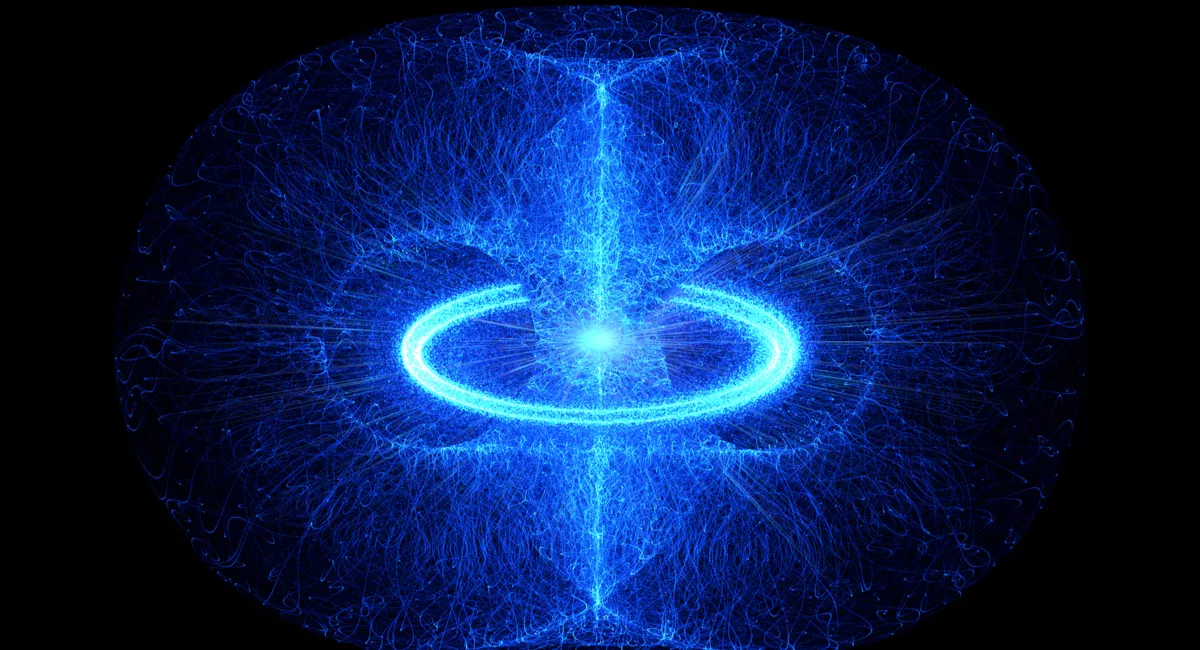
Primordial nucleosynthesis is a captivating field of study that sheds light on the formation of elements in the early Universe. It refers to the production of light atomic nuclei, such as hydrogen, helium, and trace amounts of lithium, that occurred within the first few minutes after the Big Bang. Through a combination of cosmic forces and high-energy reactions, these elements laid the foundation for the formation of stars, galaxies, and ultimately, life as we know it.
In this article, we will delve into the fascinating world of primordial nucleosynthesis and explore 19 captivating facts that highlight its significance in understanding the origins of our Universe. From the conditions necessary for nucleosynthesis to the abundance of elements in the primordial Universe, each fact will provide a glimpse into the remarkable processes that shaped the fundamental elements of our cosmos.
Key Takeaways:
- After the Big Bang, elements like helium and lithium were created in a hot cosmic kitchen called primordial nucleosynthesis, giving the universe its “cosmic recipe” for the early days.
- By studying this process, scientists can learn about the universe’s beginnings and confirm the Big Bang theory, while also puzzling over the mystery of the missing lithium.
The Origins of Elements
Primordial nucleosynthesis refers to the process through which the building blocks of elements originated shortly after the Big Bang.
Critical Moments in the Universe
This phenomenon occurred approximately 20 minutes after the Big Bang when the universe was around 100 seconds old.
Fusion of Elementary Particles
During primordial nucleosynthesis, protons and neutrons combined to form the nuclei of elements such as helium, lithium, and trace amounts of other light elements.
Extreme Temperatures
At the time of primordial nucleosynthesis, the universe was incredibly hot, with temperatures reaching around 100 billion degrees Celsius.
Cosmic Recipe
The abundance of elements produced during primordial nucleosynthesis is often referred to as the “cosmic recipe” for the early universe.
Window of Opportunity
Primordial nucleosynthesis lasted for only a brief period, approximately 20 minutes, before the universe expanded and cooled too much for this process to continue.
Helium Dominance
Helium is the most abundant element generated during primordial nucleosynthesis, accounting for around 25% of the universe’s elemental composition.
Lithium Mystery
The amount of lithium produced during primordial nucleosynthesis is lower than originally predicted, leaving scientists puzzled by this discrepancy.
Unchanging Abundance
The abundances of the light elements synthesized during primordial nucleosynthesis have remained relatively unchanged since their creation.
Cosmic Microwave Background Radiation
Observations of the cosmic microwave background radiation provide valuable evidence supporting the predictions of primordial nucleosynthesis.
Stellar Nucleosynthesis
Primordial nucleosynthesis differs from stellar nucleosynthesis, which occurs within stars and is responsible for the formation of heavier elements.
Confirmation Through Observations
Measurements of the elemental abundances in old, metal-poor stars have confirmed the predictions made by primordial nucleosynthesis.
Quantum Chromodynamics
The understanding of primordial nucleosynthesis relies on the principles of quantum chromodynamics, which describe the strong force that binds atomic nuclei.
Precise Calculations
Scientists have performed precise calculations and simulations to determine the abundances of light elements during primordial nucleosynthesis.
Dark Matter Influence
The presence of dark matter in the universe has a negligible impact on the predictions of primordial nucleosynthesis due to its weak interaction with normal matter.
Baryon-to-photon Ratio
The precise ratio of baryon (protons and neutrons) to photon density plays a crucial role in determining the outcome of primordial nucleosynthesis.
Constraints on Dark Matter
By comparing the observed and predicted abundances of light elements, scientists can impose constraints on the properties of dark matter particles.
A Glimpse into the Early Universe
Studying primordial nucleosynthesis allows scientists to gain insights into the conditions and composition of the universe during its formative stages.
Supporting the Big Bang Theory
The successful predictions and agreement between observations and calculations of primordial nucleosynthesis provide further support for the Big Bang theory of the universe’s origin.
Conclusion
In conclusion, primordial nucleosynthesis is a fascinating phenomenon that provides crucial insights into the early stages of the universe’s evolution. Through the fusion of protons and neutrons during the first few minutes after the Big Bang, the building blocks of elements such as hydrogen, helium, and lithium were created. This process played a significant role in shaping the chemical composition of the universe and setting the stage for the formation of stars, galaxies, and ultimately, life as we know it.The study of primordial nucleosynthesis has allowed scientists to understand the abundance and distribution of elements in the universe, providing evidence for the Big Bang theory and confirming its predictions. It has also shed light on the fundamental processes that govern the formation and evolution of matter.By delving into the complexities of primordial nucleosynthesis, researchers continue to unravel the mysteries of our cosmic origins, pushing the boundaries of our knowledge and deepening the understanding of the universe we inhabit.
FAQs
Q: What is primordial nucleosynthesis?
Primordial nucleosynthesis refers to the process by which the light elements, such as hydrogen, helium, and lithium, were synthesized in the first few minutes after the Big Bang. It helped set the stage for the formation of stars and galaxies in the early universe.
Q: How does primordial nucleosynthesis occur?
During primordial nucleosynthesis, protons and neutrons combine through nuclear reactions to form the nuclei of light elements. This process involves the fusion of protons to form helium and the subsequent fusion of helium to produce other elements, such as lithium.
Q: Why is primordial nucleosynthesis important?
Primordial nucleosynthesis provides valuable insights into the early stages of the universe’s evolution. By studying the abundance and distribution of light elements, scientists can confirm the predictions of the Big Bang theory and understand the processes that govern the formation of matter.
Q: Can primordial nucleosynthesis be observed?
Although primordial nucleosynthesis occurred billions of years ago, its effects can still be observed today. By examining the abundances of light elements in the universe and comparing them to theoretical predictions, scientists can validate and refine our understanding of this process.
Q: What are the implications of primordial nucleosynthesis?
The study of primordial nucleosynthesis has profound implications for our understanding of the universe. It helps confirm the Big Bang theory, determine the age of the universe, and provides insights into the physical conditions present during the early stages of cosmic evolution.
Primordial nucleosynthesis, a fascinating chapter in our universe's history, sets the stage for understanding the origins of matter. Unraveling the secrets of the Big Bang theory, this process also sheds light on the intricacies of nuclear physics. Remarkably, the cosmic microwave background radiation, a remnant of the early universe, provides compelling evidence for primordial nucleosynthesis. Embark on a journey through these interconnected concepts, and discover how they shape our understanding of the cosmos.
Was this page helpful?
Our commitment to delivering trustworthy and engaging content is at the heart of what we do. Each fact on our site is contributed by real users like you, bringing a wealth of diverse insights and information. To ensure the highest standards of accuracy and reliability, our dedicated editors meticulously review each submission. This process guarantees that the facts we share are not only fascinating but also credible. Trust in our commitment to quality and authenticity as you explore and learn with us.


